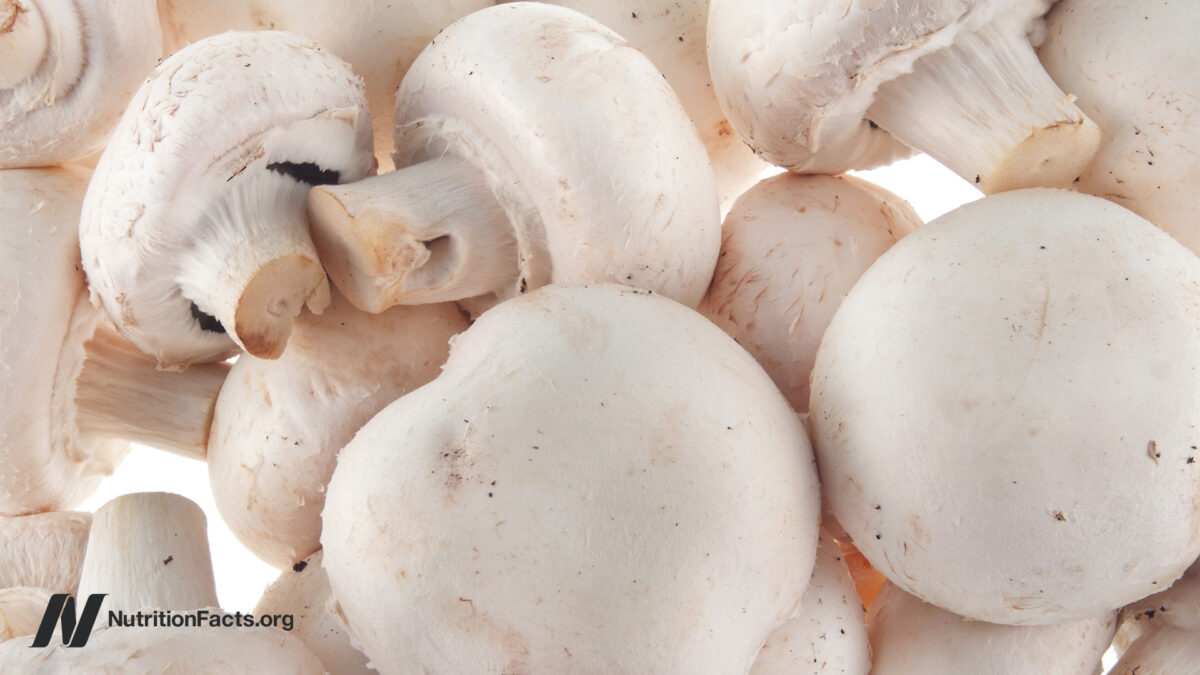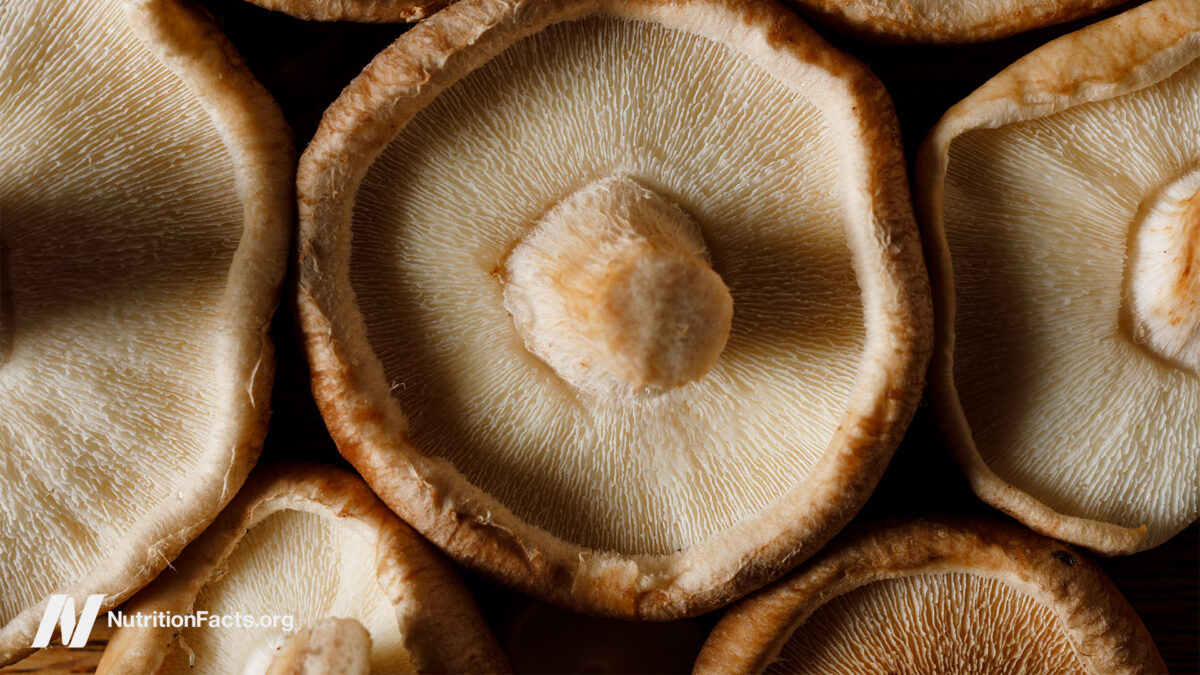These expert-based tips can help the scale start moving again.

If you’re taking Ozempic or Wegovy, you may already know that the semaglutide injections belong to the class of medications called GLP-1 receptor agonists. They aid weight loss by mimicking the glucagon-like peptide-1 (GLP-1) hormone, which regulates blood sugar levels and blunts appetite. Once a closely guarded secret among celebrities and the ultra-wealthy, these drugs have become widely accessible in recent years, driving a surge in popularity among those looking to drop pounds.
While GLP-1s do make slimming down easier, that doesn’t mean the journey to your goal weight won’t have any bumps in the road. Even with a prescription, it’s common to experience plateaus. This can be frustrating—especially if you’ve become accustomed to seeing results week after week. But it’s also very common, and stalling out is in no way a sign you’re doing anything wrong.
“Very few people will see a perfectly steady, linear decrease in weight over time,” says Michael L. Glickman, MD, an obesity medicine physician and owner of Revolution Medicine, Health, and Fitness. In other words, it’s all part of the process, and thankfully, according to Dr. Glickman and the other weight loss expert we spoke with, there are steps you can take to start losing again. Here’s why GLP-1 weight loss plateaus happen, and how to move past them.
Recognizing Signs of a Weight Loss Plateau
If you’ve been stepping on the scale consistently only to see the same number staring back up at you, there’s a good chance you could be experiencing a plateau, says Amy Shapiro, MS, RD, the founder of Manhattan-based dietetics practice Real Nutrition. “A weight loss plateau is simply when weight stops changing—or changes very little—despite continuing the same diet, physical activity, or medication,” she says.
Dr. Glickman notes that a true plateau occurs when someone remains at the same weight for several months. “It is important first to rule out normal fluctuations in weight that occur from water retention, hormone changes, waste elimination, and sleep disruption, he explains.
To determine if you’re dealing with an actual plateau—not just stalling out due to having your period, for example—record your weight each day. “To get the most accurate reading, check your weight first thing in the morning after emptying your bowels and bladder,” Dr. Glickman suggests. If your weight remains unchanged for more than a month, you may need to shake things up to get the scale moving again.
What’s Causing Your Weight Loss Plateau?
There are countless reasons your weight may stall while taking a medication like Ozempic or Wegovy, but Dr. Glickman and Shapiro say these are the main culprits.
Your Hunger Hormones Have Wised Up
The GLP-1 hormone is one of eight hormones that play a role in hunger and weight regulation. Specifically, GLP-1 helps regulate blood sugar, slows stomach emptying, and increases feelings of fullness. GLP-1 agonist medications mimic these effects to fuel weight loss.
While Dr. Glickman notes that this works for a while (a little over a year, on average), the fact is that seven other hormones play a role in hunger and weight regulation, and they’re hardwired to prevent starvation. “Even if GLP-1 lowers some hunger cues, other hormones and mechanisms can still drive appetite and energy conservation,” Shapiro explains. So at some point or another, they’ll wise up, realize that you’ve been consuming fewer calories, and signal your body to make biological changes to help you keep from losing more weight.
Put another way, your metabolism adapts. Unfortunately, this can happen even if you haven’t yet hit your goal weight or a weight that is optimal for your health.
Your Lifestyle Doesn’t Support Weight Loss
Relying solely on medications to trim down doesn’t support sustained weight loss. Shapiro notes that plateaus are more likely among those who aren’t making lifestyle changes, with muscle-building physical activity among the most vital. That’s because the more muscle you have, the more calories your body will burn at rest. On the flip side, when you lose muscle—something that’s more likely to occur with rapid weight loss—your metabolism can take a nosedive, halting your progress. “Those who preserve their skeletal muscle—or better yet, add muscle—while losing fat will see less of a reduction in their basal metabolic rate than those who lose muscle,” Dr. Glickman says.
Poor sleep quality, high levels of stress, and regularly consuming alcohol are other lifestyle factors that can stall your progress due to their effects on hunger hormones like ghrelin and leptin. Alcohol can also intensify the gastrointestinal side effects of GLP-1 medications, including nausea and acid reflux. Regularly dealing with these symptoms could delay a dosage increase—and, in turn, lead to a plateau, Dr. Glickman says.
Overcoming GLP-1 Weight Loss Plateaus
So now that you understand why you may not be losing weight, you’re probably wondering what you can do about it. Both Shapiro and Dr. Glickman say a good place to start is with modifiable lifestyle factors such as sleep, nutrition, and physical activity. “It’s a common misconception that all you have to do is take the drug to see results. While that may work for a while, that won’t fuel long-term success. That’s where lifestyle modifications come in,” Shapiro says. From there, if you’re still not seeing a change, it could be worth reviewing your medications with your doctor—both your GLP-1 and any others you may be taking.
Regularly Challenge—and Feed—Your Muscles

Taking a GLP-1 doesn’t mean you can skip the gym. Doing so will only stall your progress. Studies show that people taking GLP-1s who regularly break a sweat lose more weight than those who don’t, and also tend to keep the weight off more effectively. That’s because working out helps build muscle, which will help your body burn more calories as you go about your day.
While any type of physical activity is beneficial, when it comes to preserving and building muscle, resistance training is king. “It helps preserve lean mass during weight loss, which helps to keep your metabolism high and allows for further fat loss without losing muscle mass,” Shapiro explains. Both Dr. Glickman and Shapiro recommend full-body heavy weight training 2 to 3 times a week for optimal results.
Fueling your muscles is equally as important, Shapiro notes. “Building muscle through regular strength training helps maintain metabolism as weight drops, while prioritizing adequate protein intake supports lean mass and satiety,” she says. Both Dr. Glickman and Shapiro recommend consuming 1.2 to 1.5 grams per kilogram of body weight per day, spread across meals and snacks. “This will help you feel full and support healthy blood sugar levels,” explains Dr. Glickman.
In practice, this means a 150-pound person should consume 82 to 102 grams of protein per day from whole foods such as meat, seafood, eggs, dairy products, tofu, and legumes. If you find it tricky to hit your daily goal, a protein powder like HUM Core Strength can help. (It has 20 grams of plant protein per serving.)
Focus on Fiber and Hydration, Too
Protein often gets all the attention when it comes to weight loss, but Shapiro emphasizes that staying hydrated and getting enough daily fiber are just as crucial. These habits, she explains, support sustainable fat loss and help minimize the duration of plateaus.
Drinking water throughout the day helps with this by supporting digestion, giving you the energy to work out, and crowding out other beverages that could make it harder to overcome your plateau, like alcohol and sugary drinks, Dr. Glickman and Shapiro explain. The Academy of Nutrition and Dietetics recommends that women drink about nine cups of water per day. Still, if you’re particularly active or tend to get thirsty easily, you may benefit from more, so definitely listen to your body.
When it comes to fiber, both Dr. Glickman and Shapiro recommend getting at least 25 grams daily, primarily from whole foods like those listed below.
- Raspberries: 1 cup, 8 grams
- Apple, with skin: 1 medium, 4.5 grams
- Broccoli: 1 cup, 5 grams
- Potato, with skin: 1 medium, 4 grams
- Spaghetti, whole-wheat: 1 cup, 6 grams
- Brown rice: 1 cup, 3.5 grams
- Almonds: 1 ounce (about 23 nuts), 3.5 grams
If you find it challenging to hit your daily fiber goals through whole foods alone, consider a supplement like HUM’S Flatter Me Fiber GLP1 Booster. It has 9 grams of fiber in each 4-teaspoon serving.
Don’t Forget about Sleep and Stress Management
“Sleeping poorly and being stressed out can limit the body’s ability to lose weight,” Shapiro says. “A lack of rest often leads to an imbalance in hunger hormones, which stimulates appetite and encourages fat storage. Plus, if you’re tired, you don’t have the energy to exercise as much as you want to.”
That’s why she stresses the importance of mind-body practices such as meditation, yoga, and breathwork, which can aid relaxation and sleep quality, as well as getting at least seven hours of shut-eye every night.
If you struggle to fall and stay asleep, a supplement like HUM Beauty zzZz can help. It combines melatonin, vitamin B6, and calcium to enhance sleep quality, regulate the circadian rhythm, and promote restful sleep.
Ask Your Doctor If You Should Change Medications
If you’re hitting the weight room a few times a week, chomping down on a fiber- and protein-rich salad for lunch every afternoon, and logging solid sleep each night and still not seeing the scale dip, it’s time to have a chat with your doctor. “Increasing the dose of GLP-1 may be the next step,” Dr. Glickman says. They might also consider switching you to a stronger drug like tirzepatide. While GLP-1 agonists mimic just one hormone, tirzepatides, such as Zepbound and Mounjaro, mimic two—GLP-1 and gastric inhibitory polypeptide (GIP)—which can help overcome plateaus.
Your physician can also review any other medications you’re currently taking to consider if they may be slowing your progress. “For instance, there are many common medications that have weight-promoting side effects. If one of your regular medications is causing weight gain or slowing your weight loss efforts, your doctor may be able to switch you to something else,” Dr. Glickman says.
Scale-Related Wins Are Only Part of the Story
It’s all too easy to get caught up in the weight loss wins that show up on the scale and overlook the ones that don’t. But a shift in mindset may just be what you need when dealing with a plateau. “It can help to focus on other markers of health to stay positive,” Dr. Glickman points out. For example, if important biomarkers such as waist circumference, blood pressure, and heart rate are improving, that’s proof that your GLP-1 journey is working, he says. “Remember, losing just 5 to 10% of your body weight can significantly improve many aspects of your health.”
It can also be encouraging to look at other “non-scale wins”, as Shapiro refers to them, such as your clothing fitting better or being able to climb stairs more easily. “These things can provide insight into positive cardiovascular and body composition benefits, even if the number on the scale isn’t moving much,” Dr. Glickman says.
Hitting a plateau—while taking a GLP-1, or not—is a normal physiological response, not proof the treatment stopped working, Shapiro stresses. So the best thing to do is to stay the course—don’t throw in the towel or stop taking your medication without first speaking with your doctor—even if you’re just maintaining your current weight. Remember: Experiencing some weight loss is better than none at all if you are seeing improvements to your overall health.







